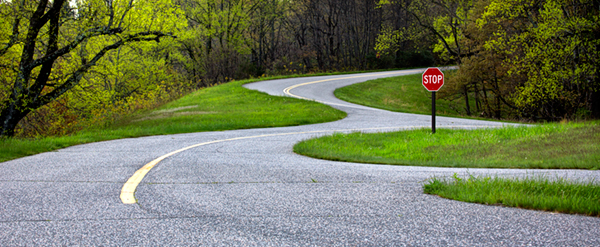The Journey Continues: The Empty Tomb
“Why do you seek the living among the dead? He is not here, but is risen!” Luke 24:5-6
Today is Easter Sunday. I tend to get reflective on Easter, because I see it as the most important of the Christian holy days, even more so than Christmas (although someone pointed out to me that if there was no Christmas there would be no Easter.)
This Easter I am thinking of The Empty Tomb.
The Empty Tomb is one of those facts (yes, I believe it's fact) of the Resurrection that we tend to gloss over rather quickly. Those are the types of obscure facts that I dwell on, because to me they ARE significant.
I have never been to the Holy Land. A trip like that has just never been high on my list. And even if I were to visit the Holy Land, if someone suggested we visit the site of the empty tomb, I'd drudgingly go.
Why? Because it's empty.
We know where historical figures are buried. Muhammed is buried under the Green Dome in Medina, Saudi Arabia. Abraham Lincoln is buried in Springfield, Illinois. In 2015 British historians and archaeologists located the tomb of Richard III and had his remains reburied in Leicester Cathedral.
But we don't know where Jesus was buried. There is a tradition that suggests he was buried in a specific garden tomb in Jerusalem. But there is a discrepancy in that the tomb is believed to have been constructed in the 8th or 7th centuries BC, but the Gospel narrative states that it was a new tomb built for Joseph of Arimathea. The truth is we don't know that actual location of The Garden Tomb.
We don't know because the followers of Christ never bothered to mark the location, or document it in some written or verbal form. Why?
He wasn't there. He had risen from the dead, just as He said He would.
Now, if I were to place myself back in those early days of the Resurrection, and if I witnessed the Risen Lord in my presence - if I had heard His voice, or touched Him, or laughed with Him, or cried with Him, or shared a meal with Him, I would little care for where He had been buried. Maybe out of curiosity I'd go see it. But then I'd be done with it. The Empty Tomb would have no significance to me. I wouldn't see the need to document its location or make sure that verbal tradition would note where the garden tomb was. Why?
Because He wasn't there. He had risen from the dead, just as He said He would.
But here's another thing to consider: when the Disciples started to preach about the Resurrection, none of the authorities of the time went to retrieve the decaying corpse to disprove their teachings. Why?
Because there was no corpse to be found. The tomb was empty. He had risen from the dead, just as He said He would.
Now some may argue that the location had been forgotten. I highly doubt that, and for two reasons. How could Peter, one of the Disciples who went to The Empty Tomb, and who was proclaiming the Resurrection on Pentecost, forget the location of the tomb? In addition, we must assume that Joseph of Arimathea was a wealthy man, for only a wealthy man would have the funds and stature to have a tomb constructed for him. And that wealth and stature would make his tomb's location notable. So, to suggest that Joseph himself, or Joseph's friends, family, or acquaintances would forget where his own tomb was located is ludicrous.
The tomb was empty. We must accept that fact. Because there is no other evidence to suggest otherwise.
On this Easter Sunday, let us rejoice in The Empty Tomb, and proclaim that Christ is RISEN, He is RISEN indeed! Alleluia!



Comments